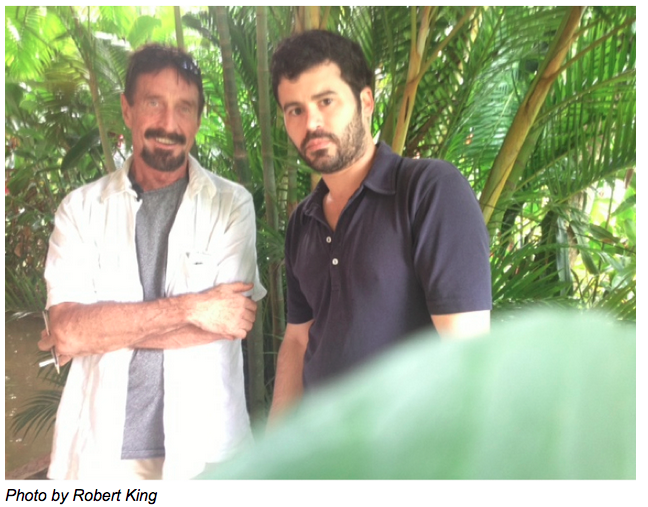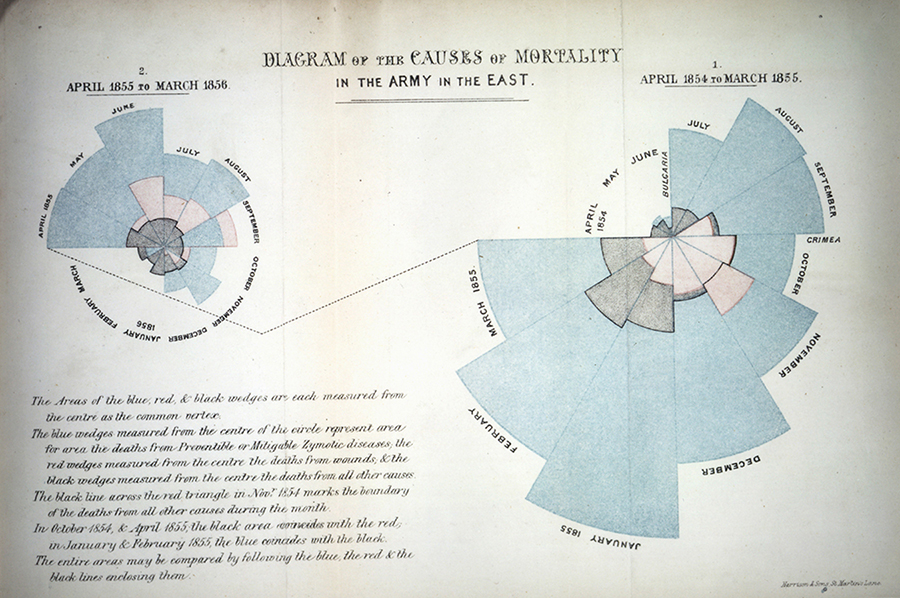A very curious piece of the Big Bang Data exhibition was the OpenStreet Map’s Contributor Community Visualised – Individual by Individual by Eric Fisher. It is a world map with colours that identifies locations and structures according to thousands of citizens’ submissions. This was claimed to be an alternative to the more commercial Google Maps. Interesting was analysing the darker, denser marks on the map compared to the blurry white parts of it. Subsequent assumptions regard the big white presence (or non-presence) of China in the map: is this exclusion due to an Internet block from the country? Very likely yes.
Using location apps opens the world of code/space to the everyday life. Bus/metro/train routes app and any kind of maps-directions app, mediate the physical transition of people. The use of code is becoming a routine in order to solve various everyday tasks. Hence having an always-present map to provide the right and fastest directions is essential. As noted by Berry in Public Space, Media Space, these new media (apps, sites as others) are reshaping the urban public space and it becomes a subjective experience on how individuals use them. Moreover they are in a constant change due to the rapid consumption of media technologies.
For instance an article from Wired UK reports that in 2016 Helsinki would allow you “to buy a ‘mobility’ ticket to your destination via text message or app” (http://www.wired.co.uk/news/archive/2016-01/11/smart-city-planning-permission), and the service will do the rest, as for available checking public transports, on-demand services and private vehicles as well.
Kitchin and Dodge in fact remind the idea that “computation should be available wherever it is needed” (p.215) by people in everyday life. Even better if the accessibility of the resource is immediate (i.e. smartphone in the pocket); therefore the strength of the wireless connection allows the creation of any type of space as a code/space one. Using your phone with a wireless connection in a café, makes the coffee shop a coded space, a productive digital space. One can be online 24/7 or access whenever necessary, no matter where: “everyware”.
References
Wired UK, 2016. Smart cities will be necessary for our survival [online] Available at: <http://www.wired.co.uk/news/archive/2016-01/11/smart-city-planning-permission> [Accessed 28 February 2016].
Berry, C., Harbord, J. & Moore, R.O., 2013. Public space, media space, Basingstoke: Palgrave Macmillan: 1-15 (Introduction).
Kitchin, R. & Dodge, M., 2011. Code/space software and everyday life, Cambridge, Mass.: MITPress: ix-xi (Preface) 3-22 (Introduction), 23-44 (Chapter 2: The Nature of Software), 215-244 (Chapter 10: Everyware)
Art work
Open Street Map’s Contributor Community Visualised – Individual by Individual (Eric Fisher, 2013) at Somerset House for the Big Bang Data Ehxibition, London 2016










